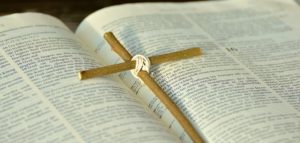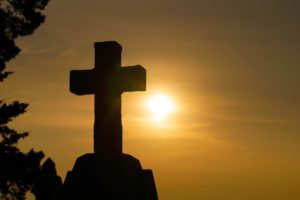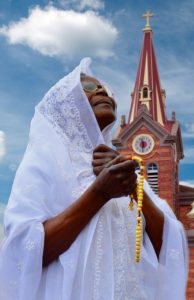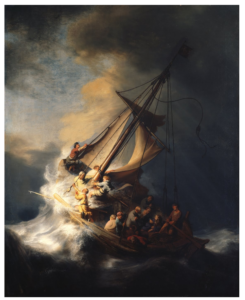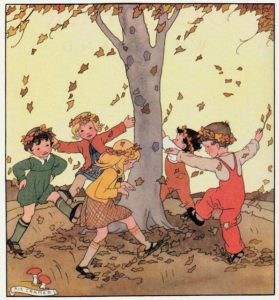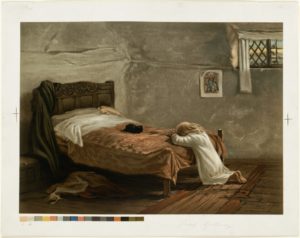The Book of Common Prayer is a liturgical book used in Anglican churches throughout the world. It contains a collection of prayers, liturgies, and hymns that are used during church services, including morning and evening prayer, Holy Communion, baptism, confirmation, marriage, and burial services.
The Book of Common Prayer has its roots in the English Reformation, when Archbishop Thomas Cranmer compiled the first edition in 1549. The book was revised several times over the years, including a major revision in 1662 that is still widely used today.
The Book of Common Prayer has had a profound influence on the English language and has been a source of inspiration for many writers and artists. It is considered a classic of English literature and has been translated into many languages.
Today, the Book of Common Prayer is used by Anglican churches around the world, including the Church of England, the Episcopal Church in the United States, and the Anglican Church of Canada, among others. It is also used by some other Christian denominations, particularly those with historical ties to Anglicanism.

The Book of Common Prayer is organized into several sections, each containing a variety of prayers, liturgies, and services. Here is a brief overview of the main sections:
- The Daily Office: This section contains the services of Morning Prayer, Evening Prayer, and Compline. These services are designed to be used by individuals or groups for daily prayer and worship.
- The Collects, Epistles, and Gospels: This section contains prayers, Bible readings, and the order of service for Holy Communion.
- The Psalter: This section contains the 150 psalms, which are arranged for daily reading over the course of a month.
- The Litany: This is a form of responsive prayer, in which a leader and the congregation alternate in prayer.
- The Occasional Services: This section contains various services, including baptism, confirmation, marriage, and funeral services.
- The Calendar: This section contains a table of feasts and holy days throughout the year.
The Book of Common Prayer is typically divided into two parts: the Order for Morning and Evening Prayer (the “Daily Office”) and the Holy Communion service. Within each part, there are different sections for the various prayers, liturgies, and services. The organization and structure of the book may vary slightly depending on the edition or version being used.
The Book of Common Prayer is used in various ways depending on the tradition and denomination. Generally, it is used as a guide for worship services in Anglican churches around the world. Some of the ways in which the book is used include:
- Daily Prayer: The Book of Common Prayer contains services for daily prayer, including Morning Prayer, Evening Prayer, and Compline. These services are often used by individuals and small groups for private devotion.
- Sunday Worship: The Book of Common Prayer provides liturgies for Holy Communion, Morning Prayer, and Evening Prayer, which are typically used on Sundays and other special occasions in Anglican churches.
- Sacraments: The Book of Common Prayer provides liturgies for the sacraments of baptism, confirmation, marriage, and burial. These liturgies are used in Anglican churches to mark important milestones in the lives of individuals and families.
- Special Services: The Book of Common Prayer also contains liturgies for various special services, such as Ash Wednesday, Good Friday, and All Saints’ Day. These liturgies are used by Anglican churches to mark important days in the Christian calendar.
In addition to these specific uses, the Book of Common Prayer also provides a framework for Anglican worship and spirituality. It is a source of comfort and inspiration for many Anglicans and has played an important role in the development of Anglican theology and practice.
Here is an example from the Book of Common Prayer, specifically the opening of the Order for Morning Prayer:
“Grace to you and peace from God our Father and from the Lord Jesus Christ.
Dearly beloved, we have come together in the presence of Almighty God our heavenly Father, to set forth his praise, to hear his holy Word, and to ask, for ourselves and on behalf of others, those things that are necessary for our life and our salvation. And so that we may prepare ourselves in heart and mind to worship him, let us silence our phones and our other electronic devices, and with penitent and obedient hearts confess our sins, that we may obtain forgiveness by his infinite goodness and mercy.”
This opening greeting and call to worship is a typical example of the language and tone used in the Book of Common Prayer. It emphasizes the importance of setting aside distractions and focusing on the worship of God, while also acknowledging our need for repentance and forgiveness.

